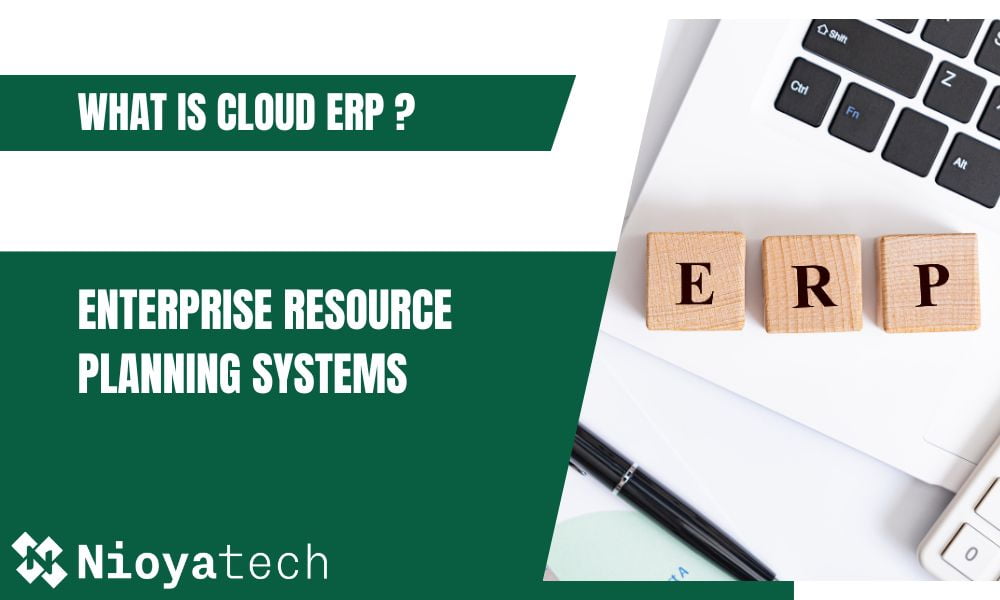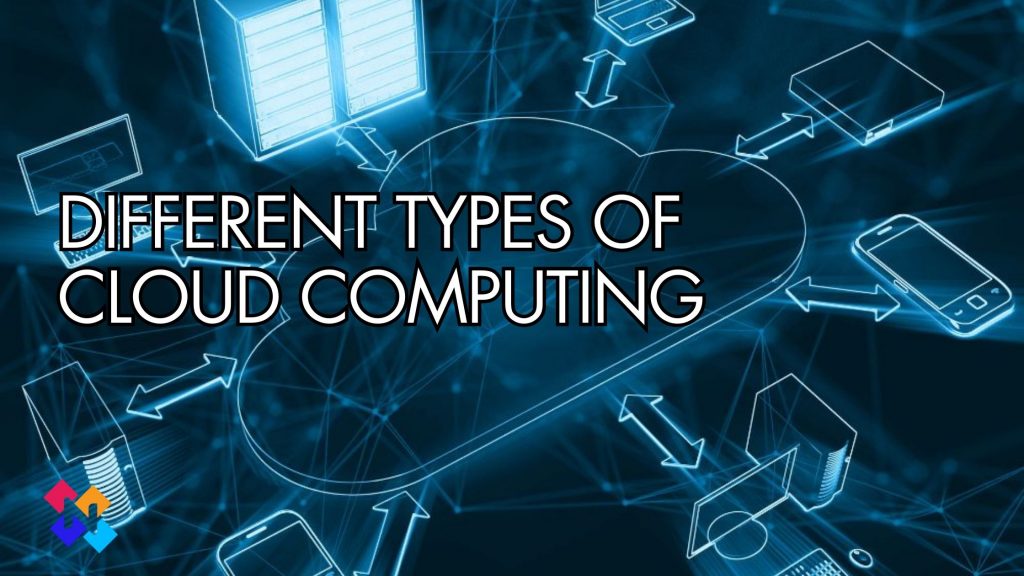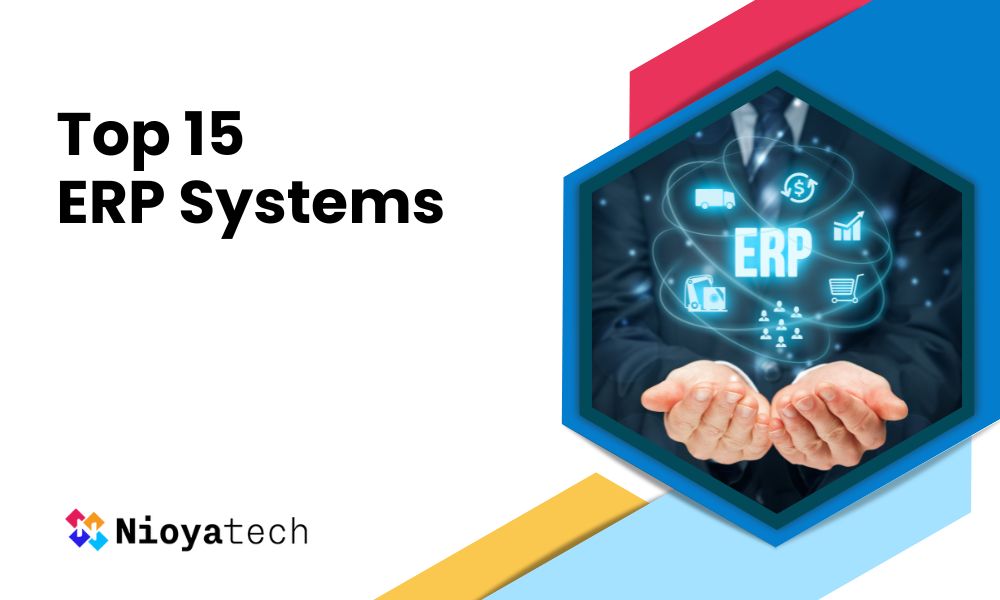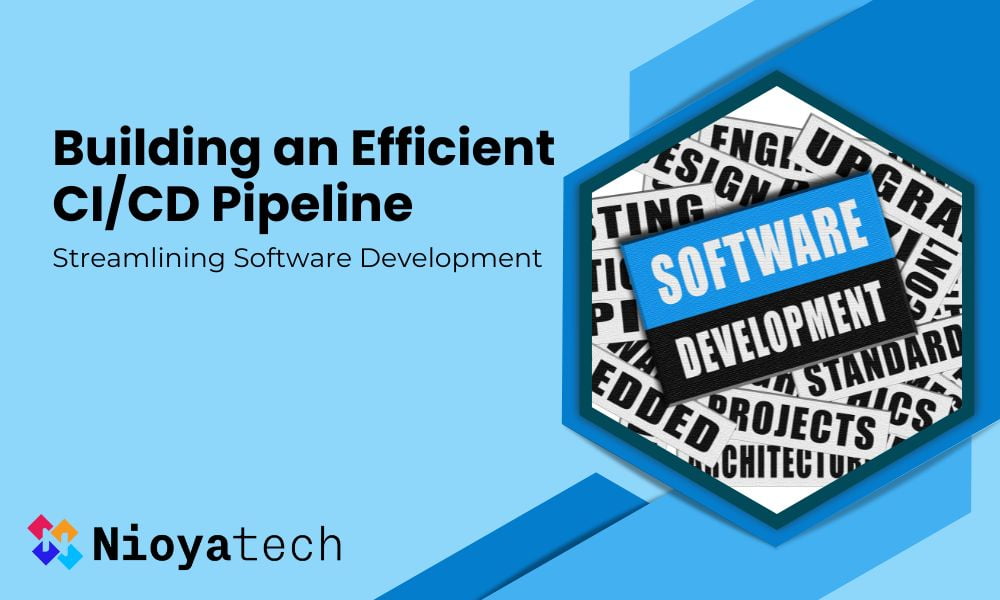Imagine a world where you no longer have to buy and install software on your local device. Instead, you gain instant access to a vast array of applications right from your web browser or mobile device. This is the essence of Software as a Service (SaaS), a game-changing software delivery model that is reshaping the industry.
Whether you’ve heard of it as Software as a Service, on-demand software, or web-based hosting, this innovative approach is transforming how we interact with technology. By harnessing the capabilities of cloud computing, Software as a Service offers unparalleled flexibility, scalability, and convenience.
Curious to learn more about this cutting-edge concept and its myriad benefits? Let’s delve deeper into the world of Software as a Service and unlock its potential.
SaaS Model
The Software as a Service model has become increasingly popular in recent years, transforming the way software is delivered, accessed, and used.
One key aspect of the SaaS model is its subscription-based licensing. Unlike traditional software models that require a one-time purchase or license fee, Software as a Service operates on a subscription basis. Customers pay a recurring fee, typically on a monthly or annual basis, to access and use the software.
Software as a Service applications are centrally hosted and maintained by the software provider. This means that customers do not need to worry about installation, cloud infrastructure management, or software updates. All these responsibilities are handled by the Software as a Service provider, allowing users to focus solely on utilizing the software.
Software as a Service in Cloud Computing
Outsourcing software, infrastructure, and applications are referred to as Software as a Service. By purchasing a SaaS system, which is an online, landing-page-based system, you can save time, and money, and hire a designer or developer instead.
Using a cloud service provider, applications are hosted online and made accessible using a web browser by end users through the software as a service. In Short, it is a cloud-based service where you can access the application via an internet browser instead of downloading software to your computer to run an application.
Some of the Cloud Computing categories:
Infrastructure as a service (IaaS),
Desktop as a service (DaaS),
Software as a service (SaaS)
Mobile backend as a service (MBaaS),
Managed software as a service (MSaaS),
Integration platform as a service (iPaaS),
Platform as a service (PaaS),
Information technology management as a service (ITMaaS)
Datacenter as a service (DCaaS),
How Does Software as a Service Work?
The cloud delivery model is used for Software as a Service. A software provider can host the program and data on their servers or hire a cloud provider to host the app in data centers where this second option is the most used model.
The setup and maintenance of SaaS applications are therefore not the responsibility of businesses that use them. Instead, users just pay a monthly/yearly fee to access the application, which is a fully working, ready-made solution.
Companies can connect Software as a Service applications with web browsers or Application Programming Interfaces (APIs).
Software as a Service Architecture
Software as a Service architecture refers to the underlying framework and structure that enables the delivery of software applications as services over the internet. It encompasses the technical components, design principles, and infrastructure required to support the Software as a Service model.
At the heart of SaaS architecture is the concept of multi-tenancy. This means that a single instance of the software application serves multiple customers or tenants. Each customer’s data is securely isolated and segregated from others, ensuring privacy and data integrity.
The first step in understanding a multitenant architecture model is identifying the differences between single-tenant and multi-tenant architectures.
A single-tenant (Vertical SaaS)
Single-tenant SaaS, also known as dedicated SaaS or isolated tenancy, is a variation of the Software as a Service model where each customer or tenant has a dedicated instance of the software application. In contrast to the multi-tenancy approach, where multiple customers share a single instance, single-tenant SaaS provides individual instances of the software for each customer.
In a single-tenant Software as a Service architecture, each customer’s data and application instance are completely isolated from other customers. This isolation ensures data privacy, security, and customization options specific to each customer’s needs. Each customer receives their own dedicated resources, including servers, databases, and infrastructure, resulting in enhanced control and flexibility over their software environment.
The primary benefit of single-tenancy is the level of customization and control it offers to customers. With a dedicated instance, customers have the freedom to configure the software according to their specific requirements, including customizations, integrations, and extensions. This allows for greater flexibility and tailoring of the software to align with unique business processes.
Single-tenant Software as a Service also provides improved performance and reliability. As each customer has their own dedicated resources, there is no contention for shared resources, resulting in consistent and predictable performance. Additionally, since the infrastructure is isolated, any issues or maintenance activities on one instance do not affect other customers, ensuring high availability and minimizing downtime.
Multi-tenant (Horizontal SaaS)
A horizontal SaaS architecture is an environment or model in which multiple tenants are served by a single environment that has the capability of being scalable, available, and resilient.
Multi-tenant model is mostly used in Software as a Service applications. Cloud multi-tenants allow more resources to be available for a larger group of users without compromising important cloud functions such as privacy, security, and speed.
With multi-tenancy, more users may share resources without compromising on crucial cloud features such as speed, privacy, and security.
Software as a Service Advantages
Accessibility and flexibility are significant advantages of the Software as a Service. Those applications can be accessed through web browsers, making them easily accessible from any device with an internet connection. This flexibility enables users to work from different locations and devices while maintaining access to their software and data.
Scalability is another key benefit of Software as a Service model. Customers can easily scale up or down their usage based on demand, allowing for cost optimization and resource allocation efficiency. This makes Software as a Service particularly beneficial for businesses experiencing growth or fluctuating resource requirements.
Cloud service providers handle software updates and maintenance, ensuring that customers are always using the latest version of the software. This eliminates the need for manual updates and reduces the risk of compatibility issues or security vulnerabilities.
One of the significant advantages of the Software as a Service model is its lower upfront costs. Software as a Service eliminates the need for upfront investments in hardware, infrastructure, and software licenses. Customers only pay for the services they use, making it a more cost-effective option, particularly for startups and small to medium-sized businesses with limited budgets.
SaaS applications often include collaborative features, allowing multiple users to work together seamlessly. Additionally, many Software as a Service providers offer integration capabilities, enabling their software to integrate with other popular business tools and systems. This enhances collaboration and allows for a more streamlined workflow.
Cloud providers typically invest heavily in security measures to protect customer data. They employ robust security protocols, encryption, and backup systems to ensure the confidentiality, integrity, and availability of data. This focus on security provides customers with peace of mind when using Software as a Service applications.
SaaS Companies
Software as a Service business model has gained significant popularity due to its dependable recurring revenues, leading to an increasing number of software vendors adopting it. Unlike traditional software licensing models, where customers make a one-time purchase, Software as a Service operates on a subscription basis. This consistent stream of revenue allows vendors to forecast and plan their business growth more effectively.
Apart from the financial benefits for software vendors, the Software as a Service model offers several advantages to customers as well. One such advantage is the adaptability of on-demand scalability. With Software as a Service, customers can easily scale up or down their software usage based on their needs. This flexibility eliminates the need for large upfront investments in hardware or software licenses, allowing businesses to allocate resources more efficiently.
Another benefit for customers is the pay-as-you-go effectiveness of the Software as a Service. Instead of paying a hefty upfront cost for software licenses, customers only pay for the services they use on a subscription basis. This cost-effective approach allows businesses to manage their software expenses more effectively, particularly for startups and small to medium-sized enterprises that may have limited budgets.
In the Software as a Service market, there is a wide variety of software companies and solutions available to meet different needs. Some well-known SaaS services include Salesforce, a customer relationship management (CRM) platform; Atlassian, a collaboration and productivity software provider; Adobe, known for its creative software suite; Freshworks, offering customer support and engagement solutions; Zoho, providing a suite of business applications; ServiceNow, specializing in IT service management; and Snowflake, a cloud-based data platform.
The Software as a Service business model has gained popularity due to its recurring revenue streams for vendors and the benefits it provides to customers, including scalability, cost-effectiveness, and a wide range of software solutions to choose from.
Software as a Service Examples
Salesforce: Salesforce is a leading provider of cloud-based customer relationship management (CRM) solutions. Their platform enables businesses to manage sales, marketing, customer service, and more, all in one centralized system.
Atlassian: Atlassian is known for its suite of collaboration and productivity tools. Their products, such as Jira, Confluence, and Trello, help teams organize and streamline their work, improving project management and communication.
Adobe: Adobe offers a range of creative software solutions widely used by professionals in various fields, including graphic design (Photoshop, Illustrator), video editing (Premiere Pro), and web development (Dreamweaver). Their products are popular among designers, photographers, videographers, and creative professionals.
Freshworks: Freshworks provides customer support and engagement solutions. Their software includes tools like Freshdesk for managing customer inquiries, Freshchat for live chat support, and Freshsales for sales automation, helping businesses enhance their customer service and sales processes.
Zoho: Zoho offers a comprehensive suite of business applications covering various functions such as CRM, project management, finance, HR, and collaboration. Their integrated platform allows businesses to streamline their operations and manage different aspects of their business in one place.
ServiceNow: ServiceNow specializes in IT service management (ITSM) and IT operations management (ITOM). Their platform helps organizations streamline their IT processes, automate workflows, and provide efficient services to internal and external customers.
Snowflake: Snowflake is a cloud-based data platform that enables businesses to store, manage, and analyze large volumes of data. It offers a scalable and flexible solution for data warehousing and analytics, allowing organizations to derive valuable insights from their data.
These companies have established themselves as leaders in their respective domains, and their Software as a Service offerings have revolutionized the way businesses operate, collaborate, and serve their customers. They continue to innovate and shape the Software as a Service landscape with their technology and solutions.
Conclusion:
SaaS may deliver significant cost reductions for a variety of reasons. For starters, it removes the initial cost of purchase/installation as well as ongoing fees such as maintenance and updates. SaaS apps, rather than investing enormous sums of money on hardware installations, may be readily downloaded and maintained.
As a solution partner, Nioyatech provides software development and SaaS with a comprehensive Agile Methodology service and adheres to a series of flexible and adaptive methods, ongoing technical progress, and client contact






